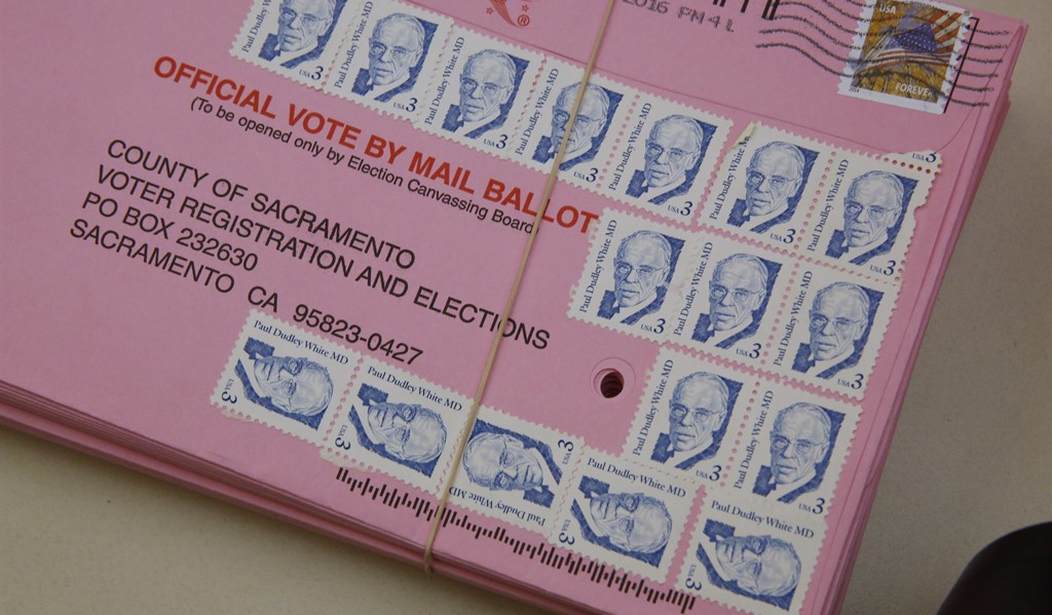Anyone who supports converting America’s elections to a full vote-by-mail system needs to consider the many pitfalls that make it unworkable and dangerous to the integrity of the democratic process.
The primary issue is one of scale. The sheer number of ballots that would be mailed to wrong addresses would be staggering. The state of Oregon has been using mail-only elections since 1998. The U.S. Election Assistance Commission (EAC) found that during the 2018 election, of the more than 2.8 million ballots the state sent out, roughly 60,000 were undeliverable. Even after two decades to make it work, Oregon still sees a significant percentage of ballots fail to make it to their intended recipient. Given this fact, imagine how many undeliverable ballots would be floating around all 50 states.
Mailing lists are based on voter registration rolls, which are often inaccurate. If the list is not updated in real time when citizens pass away or move, then ballots will be mailed to outdated addresses. Given the lack of voter ID laws in several states, someone living at a voter’s previous address could illegally use their ballot. Voters who move out of state may receive multiple ballots.
The potential for mail theft is also a real concern. In 2019, U.S. Postal Inspectors reported nearly 5,000 convictions related to postal crimes, including those involving mail theft and fraud. With no chain of custody, there is no recourse should this type of fraud occur during an election.
Recommended
Voting done apart from the overview of election officials also destroys the framework of a secret ballot. It leaves an opening for fraud, vote-buying, intimidation, and ballot harvesting. Voters run the risk of having their ballots rejected, if they forget to sign it. No one is present to help them if they make a simple mistake and ruin their ballot. The option of a provisional ballot is not available to them, as it would be at a polling place.
Voters also face the inconvenience of going to a local post office to have the return ballot postmarked. The Post Office is no longer required to cancel a stamp with a postmark. In my state, the North Carolina Board of Elections’ absentee ballot instructions state that the voter must either hand deliver the ballot or go to the post office to request the item to be postmarked. This could overwhelm postal staffing and cause the same long lines that already frustrate voters.
The EAC summary of the 2018 federal election reported that 28.4 percent of transmitted by-mail ballots in all 50 states were returned as undeliverable; were surrendered, spoiled, or replaced by voters; were transmitted to by-mail voters who voted in person with a provisional ballot; or had an unknown or other status. A system that generates a nearly 30% error rate can hardly be termed a success, especially when the bedrock of our Constitutional system is at stake.
I am sympathetic to the complaints of long lines at polling places every two and four years. I, along with other federal officials, are open to ideas for how to streamline the process of voting in person. But expanding the privilege of mail-in-voting beyond the current absentee exceptions risks a wholesale disaster for democracy. Universal vote-by-mail may sound good in theory, but when you start to peel back the complications and fundamental flaws, you will find that implementing it nationwide is unwise and highly suspect.


















Join the conversation as a VIP Member